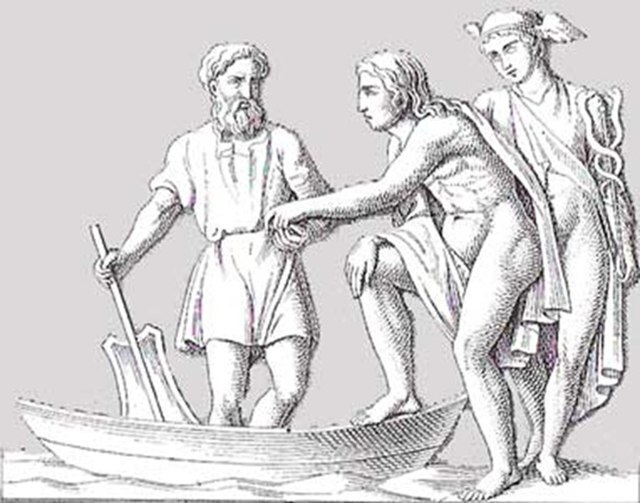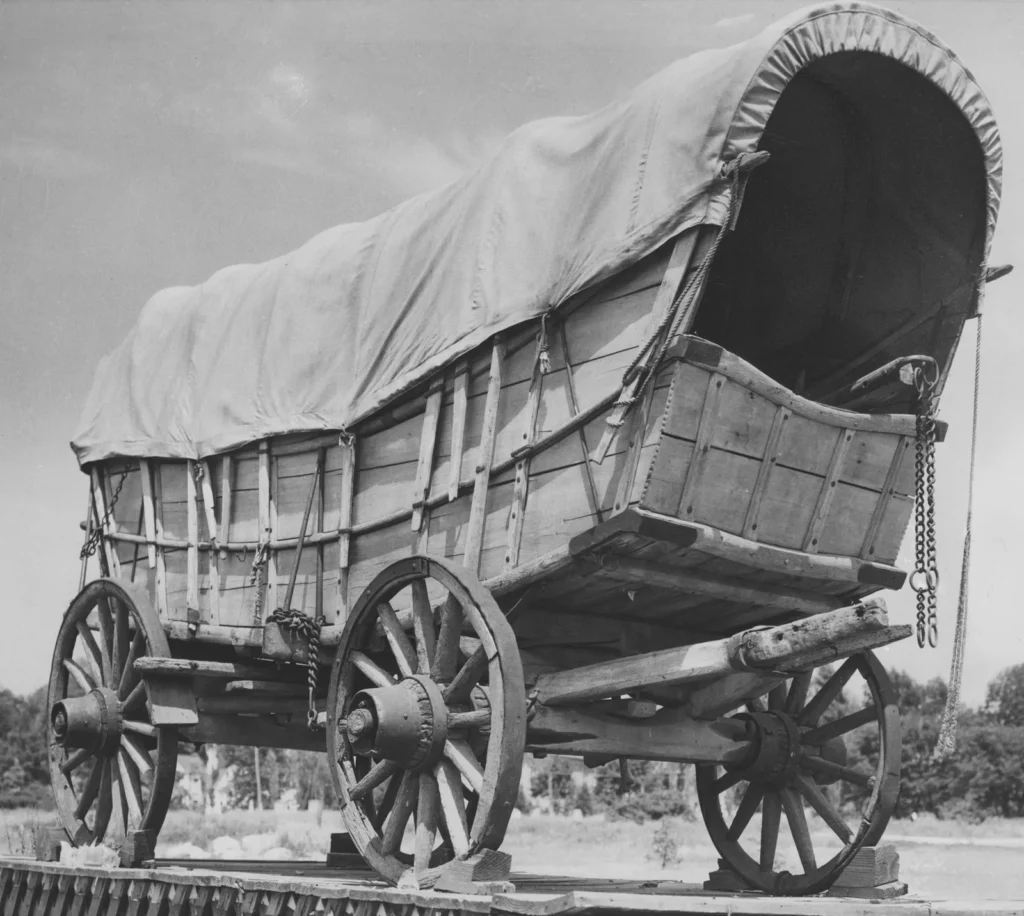A short history of shared mobility

A lacking need for public transportation in ancient history
In today’s time, people ride on buses, trains, tramways, share their cars or their rides, use shared bicycles… Shared mobility has become a common phenomenon and in many countries, part of national culture. You might think that shared mobility has existed since the age of times. But it hasn’t!
The most common means of transport, for the biggest part of humanities history, have been feet. While being mobile was (and is) extremely advantageous for hunter-gatherers, most of humanity started to settle in communities about 6000 years ago. But feet were still the most accessible and cheapest way of going around, and cities were crossed by foot. When going for longer distances than going to the market or going to work, people would still walk, but would often travel in groups (such as for pilgrimages, for instance). Group travel, in some ways, could be considered the ancestor of shared mobility.
The first examples of shared transportation for a privileged few
But instances of boats or stagecoaches being used as shared transportation from one point to another are very ancient. In ancient Egypt, boats could be used as ferries. There is even mention of ferries in Greek mythology : corpses in ancient Greece were buried with a coin underneath their tongue, or near the mouth, or on their eyes to pay the ferryman Charon in order to cross the river Styx and get to Hades. In the Aeneid, the dead that could not pay the fee had to wander the shores of the Styx for one hundred years before being allowed to cross the river.

Source: Wikimedia Commons
However, the need for shared transportation has been very low for a long time, and it might have been reserved to social elites who could allow themselves to travel away from the cities. In Ancient Rome, the “cursus publicus” which was the state mandated courier and transportation service of the Roman Empire, would sometimes transport an ambassador mandated by the emperor from one point to another.
The stagecoach, or how to travel from one place to another fast and cheaply
The first actual instance of “public transport” was the rise of the stagecoach. Those four-wheeled horse-drawn vehicles would be specifically used as public transportation, much like the bus today : it would follow an established route to a regular schedule, usually linking villages or cities. Coaches have been depicted in England in the 13th century, and were visibly reserved to a social elite (royalty and nobility). However, the first recorded stagecoach route in Britain started in 1610, running from Edinburgh to Leith. It was the first of many other stagecoach routes expanding in Britain. They were cheap and accessible, and rapidly drew criticism, but also admiration. You might find here a laudatory excerpt from an English writer from the 17th century.
“Besides the excellent arrangement of conveying men and letters on horseback, there is of late such an admirable commodiousness, both for men and women, to travel from London to the principal towns in the country, that the like hath not been known in the world, and that is by stage-coaches, wherein any one may be transported to any place, sheltered from foul weather and foul ways; free from endamaging of one’s health and one’s body by the hard jogging or over-violent motion; and this not only at a low price (about a shilling for every five miles [8 km]) but with such velocity and speed in one hour, as that the posts in some foreign countries make in a day.” (Edward Chamberlayne, 1649).
The development of stagecoaches in Britain has been more or less simultaneous with the rest of Europe. In Germany, a courier service was first introduced between Düsseldorf and Wesel by the Maurenbrecher family. A first stagecoach route ran two times a week between Dresdren and Leipzig in 1683.
The French mobility revolution
The first instance of government-backed, inside-city public transport originates in France. In 1662, a royal decree allowed for the creation of a line inside of Paris, from the Luxembourg gardens to the Saint-Antoine gate. The name of Karos, our short-distance carpooling app, was inspired by this first innovative public transport system, whose carriages are called “Carrosse” in French. If you want to learn more about this system, you might read our dedicated article.

Source: Britanica
But the idea remained in people’s minds and 150 years later, in 1826, the first omnibus was built in Nantes (France). Each omnibus could carry from 6 to 42 passengers and the service was accessible to a large part of the population. Luckily it was so successful that it has been exported to the largest cities in the Western world, such as Paris, London and New York, from 1828 onwards.
Harder, Better, Faster, Stronger
In the 19th century, the emergence of railways further developed the service and made it even more efficient. Indeed, this made the journey smoother while facilitating the work of the horses, which led to a threefold increase in the number of passengers transported. At the same time, the development of the rail reduced the popularity of the stagecoaches, but increased the distances that people could travel.
With the rise of mechanisation, new types of vehicles such as the Francisco Andrew Smith Hallidie cable cars appeared from 1873 and revolutionised the way people commuted. This new invention was gradually adopted by many American cities such as San Francisco and replaced the use of horses while reducing operating costs.
The 30-minute principle
Cesare Marchetti, an Italian physicist, released an interesting study in 1994, and led to the principle known as the Marchetti Constant. In general, he argued, people have always been willing to commute for about a half-hour, one way, from their homes every day. This principle might be the sole reason for the expansion of cities since the 1840s. Up until the 19th century, people would mostly walk. When omnibuses and rail appeared in the 19th century, cities started extending, and suburban villages started appearing. Bicycles and trams helped to relieve the cities from the troubles caused by horse-drawn carriages, which came with piles of manure on the streets, and the natural stench it created.

Source: Wikimedia Commons
The London Underground was the first of its kind in 1863. Soon enough, many cities followed its lead, also with elevated trains (as is the case in New York City). Today, most of our cities rely on a mix of buses, trains, subways, trams, and even, since the 1960s, on shared bicycles and cars. Our intent at Karos is to include ridesharing as a whole new shared mobility system, which would be as simple to use as any other means of public transportation.














